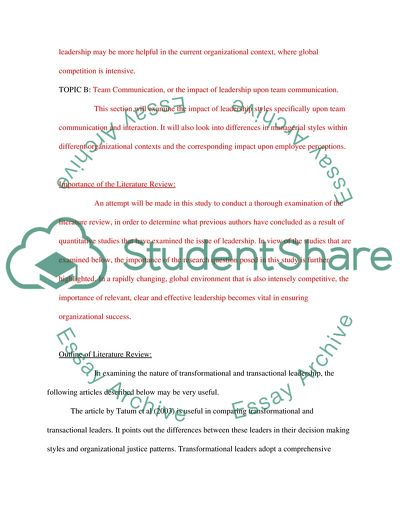Cite this document
(Analysis of Literature about Leadership Development review - 3, n.d.)
Analysis of Literature about Leadership Development review - 3. https://studentshare.org/human-resources/1709782-literature-review
Analysis of Literature about Leadership Development review - 3. https://studentshare.org/human-resources/1709782-literature-review
(Analysis of Literature about Leadership Development Review - 3)
Analysis of Literature about Leadership Development Review - 3. https://studentshare.org/human-resources/1709782-literature-review.
Analysis of Literature about Leadership Development Review - 3. https://studentshare.org/human-resources/1709782-literature-review.
“Analysis of Literature about Leadership Development Review - 3”. https://studentshare.org/human-resources/1709782-literature-review.


